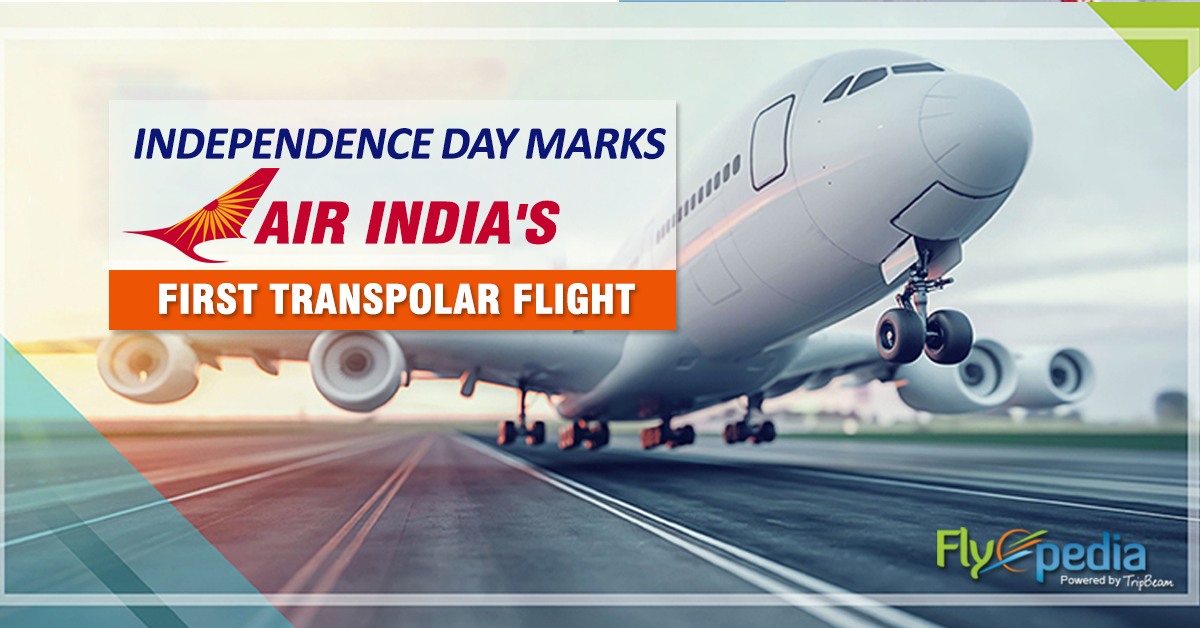Air India’s First Transpolar Flight will take wing this Independence Day between New Delhi and San Francisco
The Directorate General of Civil Aviation (DGCA) expressed the need for an airline to start utilizing the polar routes.
Air India has come forth to facilitate air transfer between New Delhi and San Francisco, over the North Pole.
Taking the flight will make the Indian National Air Carrier, the country’s first airline ever to fly over the Arctic.
The flight duration will drop to 13 hours, as the miles covered cut down from 7.5 thousand to 5 thousand miles.
Also, apart from the airlines and the air passengers, flying on the transpolar route will be beneficial for the environment.
There shall be a decrease in carbon emissions by 6,000 to 21,000 kilograms and a reduction of about 2,000 to 7,000 kilograms in fuel consumption.
Brownie Points for those Onboard
The pilots drop down to altitudes as low as 10,000 feet to prevent the jet fuel from freezing. They also employ the direction of the wind to add velocity.
This acts as a brownie point for the travelers on Air India’s polar passage. The magnificent views of spotless white Arctic ice from the windows are sure to decrease your travel time by a lot!
This Independence Day shall mark Air India’s first-ever commercial transpolar transit. However, in 2007 the current director of operations for Air India, Amitabh Singh flew in a Boeing 777 over the Arctic from Seattle to New Delhi. But, flying passengers on this route has its fair share of challenges.
Challenges for the Transpolar flight from New Delhi to San Francisco
Being a barren terrain, commuting over the area had hurdles such as a lack of alternate airport for diversion, and minimal passenger retrieval scope.
Other concerns include solar radiation, fuel freezing, and magnetic unreliability.
The route followed by the Air India’s flight carriers currently includes flying through the airspace of countries such as Bangladesh, China, Myanmar, Japan, and furthering to the United States of America.
Boeing 777-200LR aircraft shall operate on the new route. It will take passengers across Kyrgyzstan, Kazakhstan, Russia, the Arctic Ocean, and Canada.
Upon approval by the FAA and the Indian aviation regulatory authority, Air India has observed every necessary and possible precaution. It includes:
- Specialized training for the crew.
- Improved recovery plan
- High-Tech communication equipment
- Extra gear, such as protection suits against extreme weather.
Moreover, a professional diversion support agency shall help the passengers and the aircraft with the process of retrieval, in cases of emergencies.
Air India’s first transpolar flight will take wing this Independence Day, i.e., 15 August 2019 from New Delhi to San Francisco.





